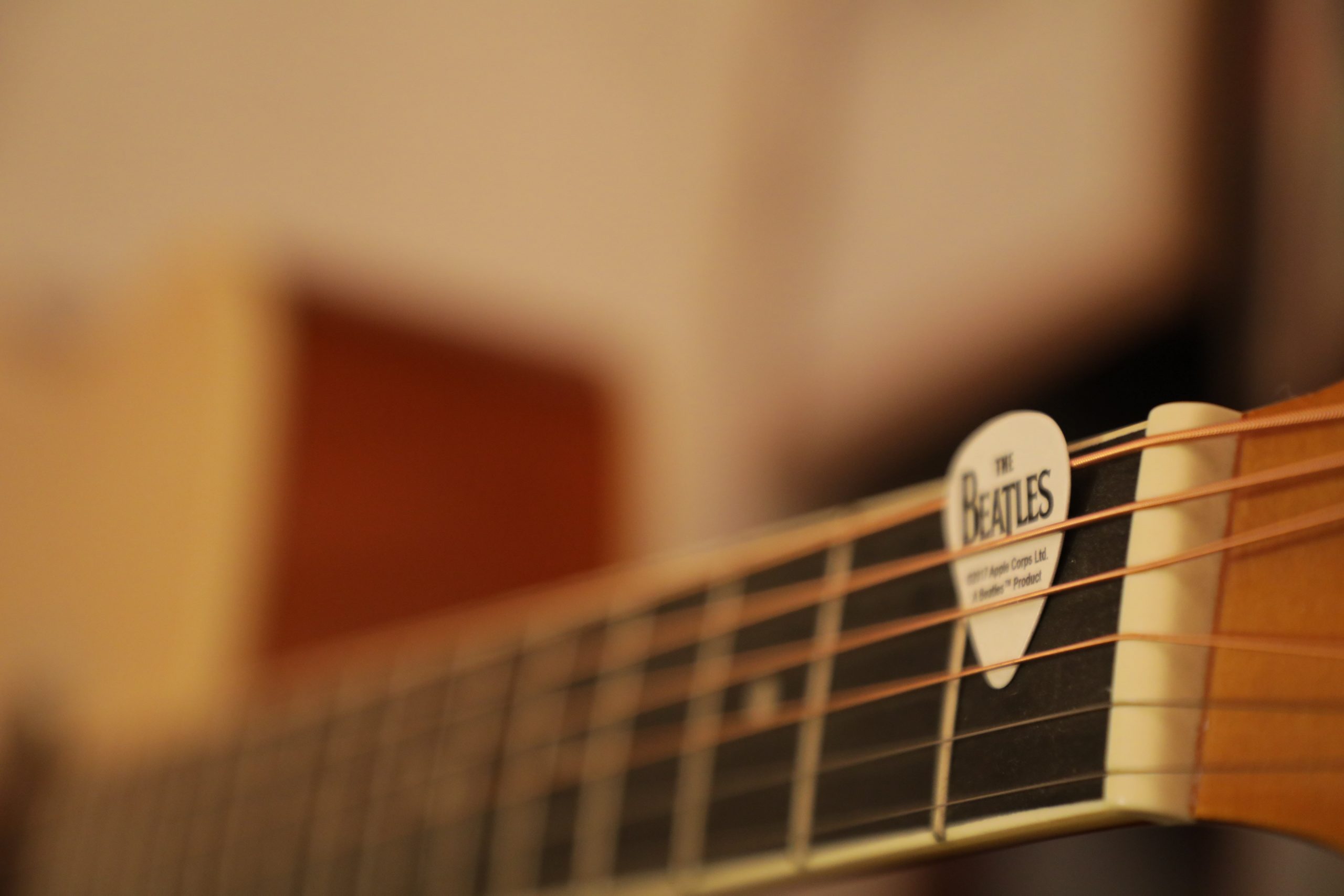
Old wines are like cocaine: I’ve only ever enjoyed someone else’s. I’ve never bought my own. Noblesse oblige and all that. It’s not that I’m not grateful – or appreciative. I very much am. Twenty years in the wine trade, doing everything from keeping tabs on auction sales, to helping vacuous Bon Chic Bon Genre types in the Marais select another cut-price Bergerac, lends one an appreciation for old wines in all their forms.
This one in particular was a 1962 Château d’Yquem. Now, let’s not pretend to be cool about it, or bolshie – it’s an impressive bottle of wine. I recognised the capsule in my friend’s fridge immediately, as well as the rough-at-the-edges label and the Barton & Guestier sticker underneath. It stood in the fridge with the New Year’s Eve leftovers and the evening’s dessert like Jimi Hendrix in a supermarket queue. Actually, let’s make it a touch less anachronistic: like Elvis Presley in a laundrette.
In any case, the bottle’s bloody impressive. It’s a wine made from fruit that was picked when Charles de Gaulle was running France; when Algeria gained its independence; when John F. Kennedy was president. It was the year Marilyn Monroe died and the Beatles released their first single; Dr. No was in cinemas during harvest and the Cuban Missile Crisis was in the news while the juice fermented. It was the year James Meredith became the first African-American student admitted to the previously segregated University of Mississippi.
Most of that I’ll admit I had to look up but, come on, it’s awe-inspiring. My dad was 22 at the time. And it’s sat next to the jar of mayonnaise and the pickles in the fridge of a house in a country town. It’s hard to know if you can ever rise to the bar it sets. Should you try to? Should everyone don suits and slip the Ray Charles onto the stereo? Should we slip Dr. No or The Loneliness of the Long Distance Runner into the DVD player? Should we at least comb our hair?
We did none of those things. So first off, there’s that feeling of slight inadequacy before we commit to opening (and thus desecrating) a piece of history.
Secondly, there’s opening the thing. This involves a panoply of gadgetry and a weight of expectation (under which most mortals would crumble) – luckily the owner of the bottle came prepared.
Then there’s the degustation. And here’s the nub: what parameters do you use to judge this wine? Do you (should you?) even “judge” it? Let’s play the game and say that you can. First up, the wine was still alive – wonderfully so. Classic Sauternes botrytis notes of heather and honey with additional layers of tertiary (think almost Sherry or Madeira) notes. But it was actually quite short and, to be honest, I would have hoped for more pronounced acidity and length.
So then what? Did I, sotto voce, dock it a few…



